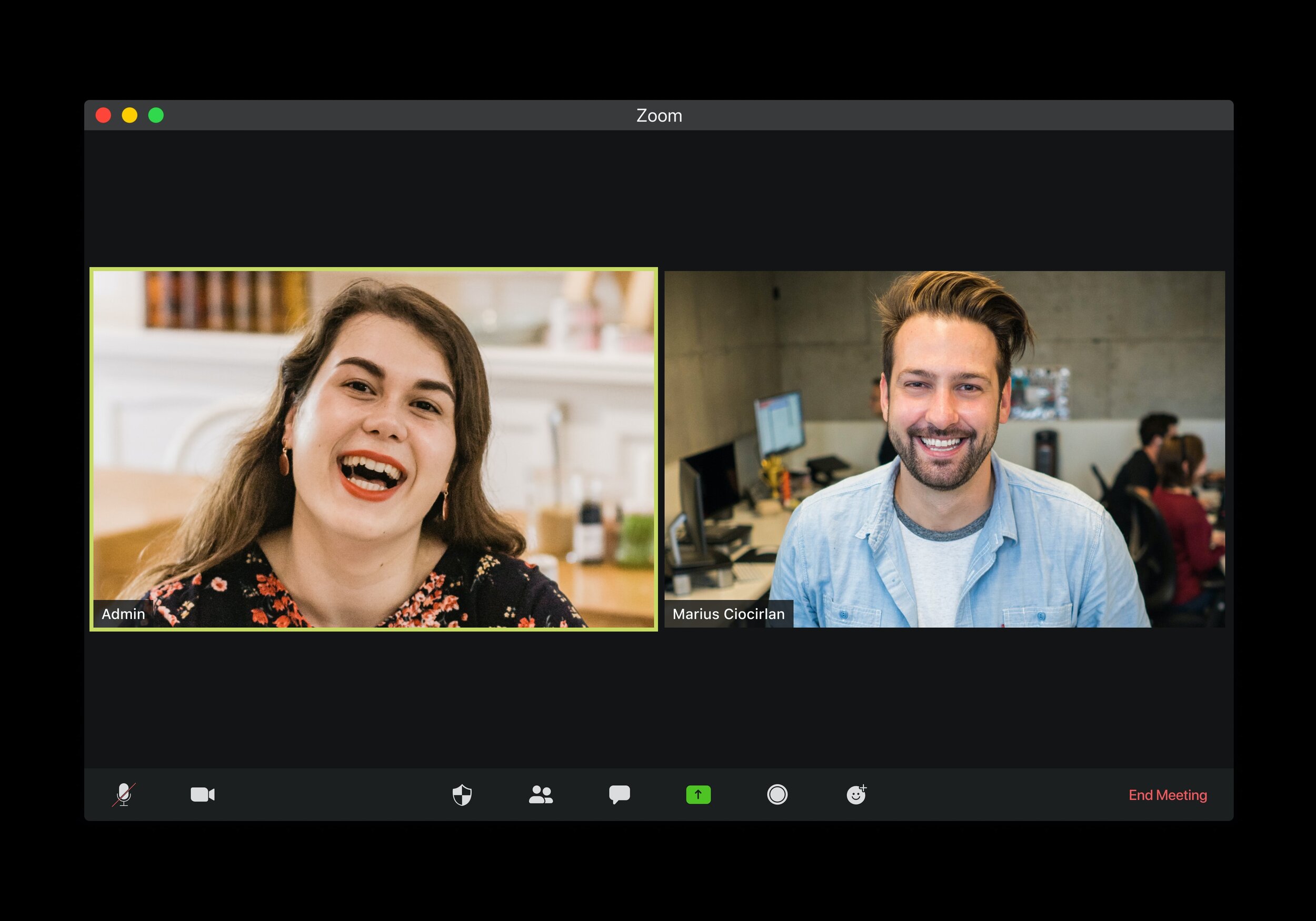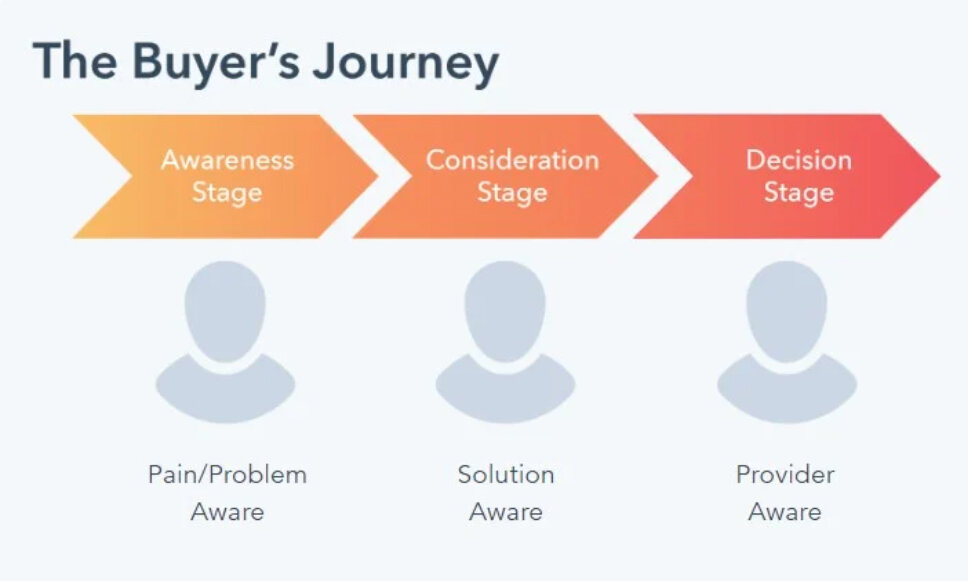Why Inbound Marketing Works: A quick overview
A brief overview of inbound vs. outbound marketing
Inbound Marketing, for any organization that has struggled with generating leads for their business, can seem counterintuitive. What can white papers, blog posts, guides, or other inbound content really do for sales?
By themselves- not much.
The reality is that inbound and outbound marketing need to work together to provide real value for business. That’s because if the intrinsic nature of outbound sales is going to them, inbound marketing is ultimately about attracting people to your business.
That inbound component of attraction is critical, although it can be difficult to swallow because it takes away the control that many sales professionals are used to. With that in mind, I’ve assembled this quick guide on the value of inbound marketing and how both forms of marketing can truly work together.
Outbound Marketing and Sales
Outbound sales and business development can often be built upon how aggressive a salesperson can be in finding and pursuing new businesses.
After all, outside of closed won deals, salespeople are often judged by a slew of metrics that are designed to convey how busy (or not busy) they are:
- Activities per account or company
- Meetings Scheduled
- Calls or Emails Made
- New company records created in a CRM
Basically, all the metrics are focused on asking the question: is the salesperson doing their job or not? And, ultimately how close are they to taking amorphous business development and generating leads which ultimately become customers?
That’s also how outbound marketing is typically measured, in terms of value.
Outbound is all about generating lead flow
All of the actions listed above are, again, intended to describe how much effort someone is putting into generating business and revenue. The more meetings scheduled or calls made—the more likely it is that revenue is produced.

Outbound cold calling is one of the central outbound lead generation tactics.
The term “smiling and dialing” has come to represent the heart of the cold calling process—essentially brute-forcing sales until they happen. However, it’s hard to get this to happen at scale without some technical solution like automating outbound sales efforts.
As an inbound marketer, I’d argue many of these efforts are a form of controlling lead flow because, well, organizations need to produce leads.
According to HubSpot’s State of Marketing 2021 Report, generating more leads was the top priority, but surprisingly, cold calling was listed as one of the least used tactics. I might argue that this is likely a product of the audience they used for the survey, which was a group of 1500 marketers.
The idea remains the same: sales is really about controlling lead flow. Calling, emailing, and otherwise hounding people to death until they finally submit to the deal is essential.
I may be discussing it in a way that makes that sound bad. Let me be clear: it’s not. It’s how billions of dollars of transactions are generated for companies all the time.
But the point of this post is to really dive into why inbound marketing works and it helps to contrast the only real alternative to generating leads through inbound sales: outbound sales.
Generating Outbound Leads
Generating outbound leads typically involves going to businesses and convincing them to buy. This can range from a simple email introduction to messages on LinkedIn, Facebook, or other social media platforms. A lot of this falls under the moniker of business development:
- Cold calling and emailing
- Contacting previous customers
- Messaging contacts on LinkedIn or social media
- Posting sales-focused calls to action
- Tradeshows
- Email Spam
The overall take is the same: you are the one proactively reaching out to create leads and sales. In my experience, this can be an effective strategy for producing leads, but some experts caution otherwise:
"Outbound marketing included trade shows, seminar series, email blasts to purchased lists, internal cold calling, outsourced telemarketing, and advertising. I call these methods "outbound marketing" because marketers push his or her message out far and wide hoping that it resonates with that needle in the haystack."
Brian Halligan
Because these approaches can feel so sales focused, it can turn potential customers off. If they’re not ready to buy, these outbound approaches can feel too pushy and could potentially turn them off for good. That’s where inbound marketing can come in— to help nurture leads that aren’t quite ready to take the leap.
Generating Inbound Leads
Inbound leads are generated through marketing through a number of different channels (the specific channel is less important in this case), but ultimately leads are attracted to your organization.
This is typically through some type of content that’s not explicitly designed as a sales opportunity:
- Webinars
- Whitepapers
- Blog Posts
- Downloadable content
The reason that these can be helpful is that none of these feel salesy in the same way that cold calls and cold emails do. Through this type of content, the organization simply supplies helpful resources as a way of beginning to feel like a trusted partner, which is something that every business wants to be.
Ideally, inbound content begins to establish your business as an expert in and around your business focus and is tied to the customer journey.
The Buyer’s Journey
The idea of a buyer’s journey is one of the core reasons that inbound marketing works.
The buyer’s journey is simply the way buyers research a potential solution and the various stages they go towards making a purchase, as is illustrated in the diagram below:

The buyer’s journey describes someone’s path to purchase.
Inbound marketing represents a unified approach to how customers research and understand their awareness of a problem, consideration of various solutions, and finally on selecting a provider.
Thus, many inbound campaign components are designed to touch potential customers at every stage of their customer journey. The content is there, so even when they’re not ready to respond to a phone call or an email, you are still building a relationship with your brand.
According to Forbes, the Buyer’s Journey has only continued to shift away from a defined sales cycle and towards a murky in-between of both sales and marketing.
That means that now more than ever, inbound marketing needs to take precedence. Because buyers are wanting less and less to be reached out to and sold to, businesses have a unique opportunity not just to sell, but to educate. You can do that by honing in on every level of the buyer’s journey:
Awareness Stage
At this stage, the buyer has realized that they have a pain point or a problem. They know they need something, but they’re not sure what that is, so they’re often researching and googling everything around that problem.
That’s where your inbound content can come in. By creating guides, blog posts, and other informational materials on your website or social— you can help buyers really come to terms with their pain points and really define what they need.
If you frame it all around helping and providing education, without being salesy, you can start becoming a resource in their mind to return to and potentially query for help.
Consideration Stage
Now, at this stage, the buyer understands what the problem is and they want to find ways to solve it— not just to do research around every facet of the problem. They want to find solutions that they can consider.
This is where inbound content can educate customers specifically about what your solution does and how it solves certain problems. Whether through newsletters, social posts, blog posts, or anything in between, having findable content and clear definitions on what your solutions can bring helps get the buyer even more invested in what you offer.
Providing resources and clear information about who you are is key here. It’s also a good idea to look at some of your competitors and what their approaches are. This can also help make sure you’re tailoring these resources to your desired audience.
Decision Stage
After considering their pain points and what possible solutions there are, the buyer at this stage truly knows what they want. Here, they’re looking at multiple providers and packages, considering actively who and what they want to go with.
At this stage, you want to make sure you have the frameworks in place for your buyer to make contact. From contact forms to chat boxes, email calls-to-action on newsletters, to having social media messaging in place— you need to make sure you have what you need on your website so that you can make the best possible impression on the potential buyer.
It’s also important, all through the buyer’s journey, that you’ve kept an eye on analytics and data regarding how this lead was nurtured. This is the stage where inbound and sales finally work together. It’s important to make sure you also, at this stage, have knowledge of customer objections and that you have a unique selling proposition ready. With all this working together, you’re ready to complete the journey.
Need Help with Your Inbound Strategy?
By thinking about the buyer’s journey as well as how inbound marketing works as a whole is invaluable not only to your marketing plan, but to sales as well. All of this helps you better handle potential and current buyers, all of which makes your business that much stronger.
That said, even with this guide, getting started with inbound marketing can be overwhelming. That’s why it’s important to work with experts that are ready to help. We love helping organizations make sure their Inbound Marketing strategy works for them and for all of their marketing efforts. As a HubSpot Gold Partner, we’re dedicated to helping businesses find the Inbound solutions that help their businesses grow.
We can help you generate actionable leads by making sure that your HubSpot strategy is tailored to your audience. Our iterative approach to digital marketing is transparent and measurable. Learn how we can develop a bespoke plan designed around key metrics and your vision here.
Search by Tags
Be the First to
Know Subscribe to Our Newsletter!
Discover More Insights

Using HubSpot Like a Flip Phone? A Development Agency Can Fix That
. You know that feeling when you buy a fancy new phone, but all you use it for is texting and the occasional phone call? That’s what it’s like for some businesses using HubSpot. They invest in the platform packed with powerful tools and end up using just a sliver of what it can actually do. They sign up, poke around a bit, maybe send a newsletter or two, but never really unlock its full potential.

Search Engine Optimization Durham: Unlocking Organic Growth for Your Business
If you’ve ever watched another box truck lose its roof to Durham’s infamous “Can Opener” bridge, you know one thing: a small miscalculation can cost you big. The same goes for modern search engine optimization—especially now that AI results and GEO surfaces can shear off the traffic you once took for granted.

 Emily Davidson
Emily Davidson

 Jordan Parker
Jordan Parker